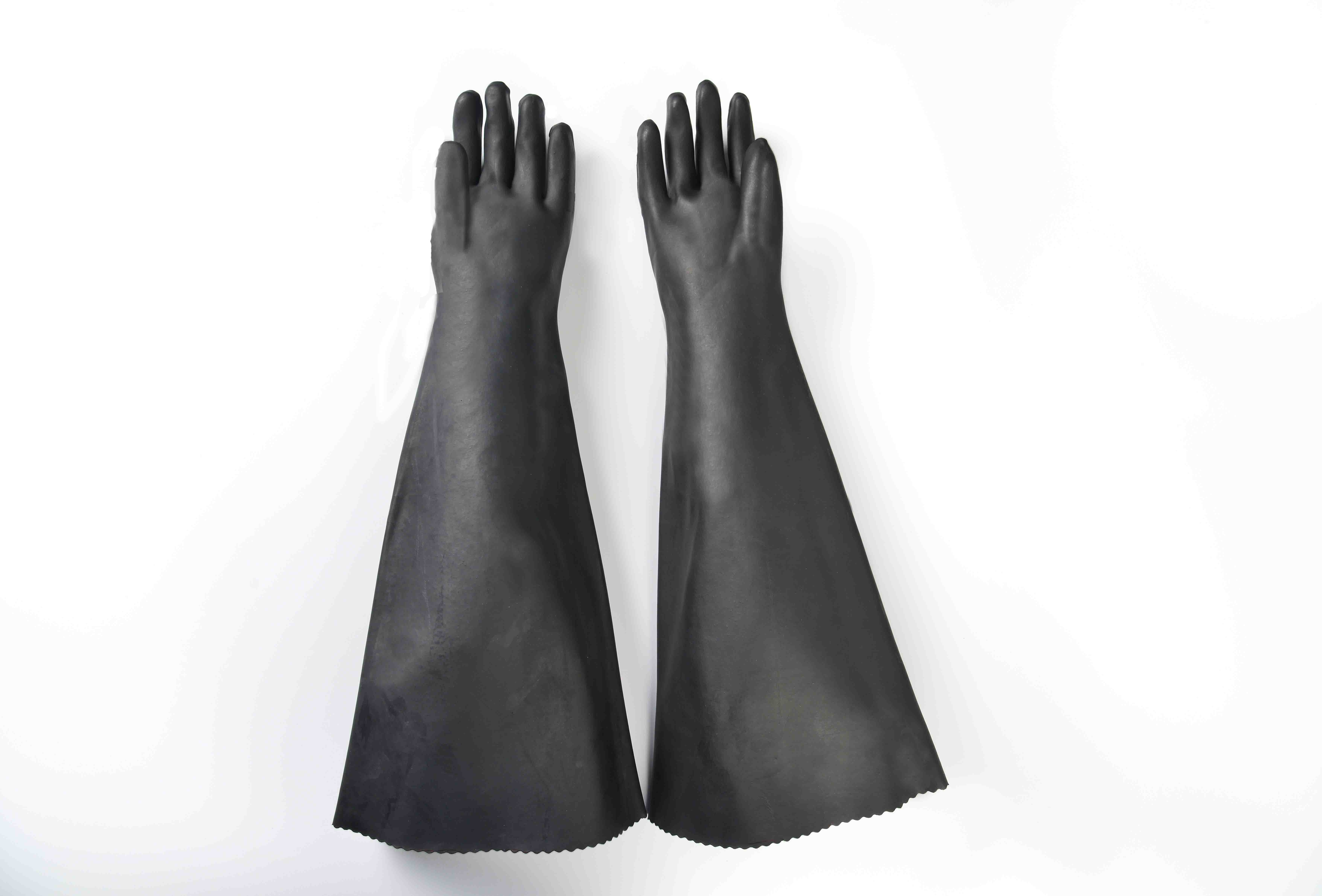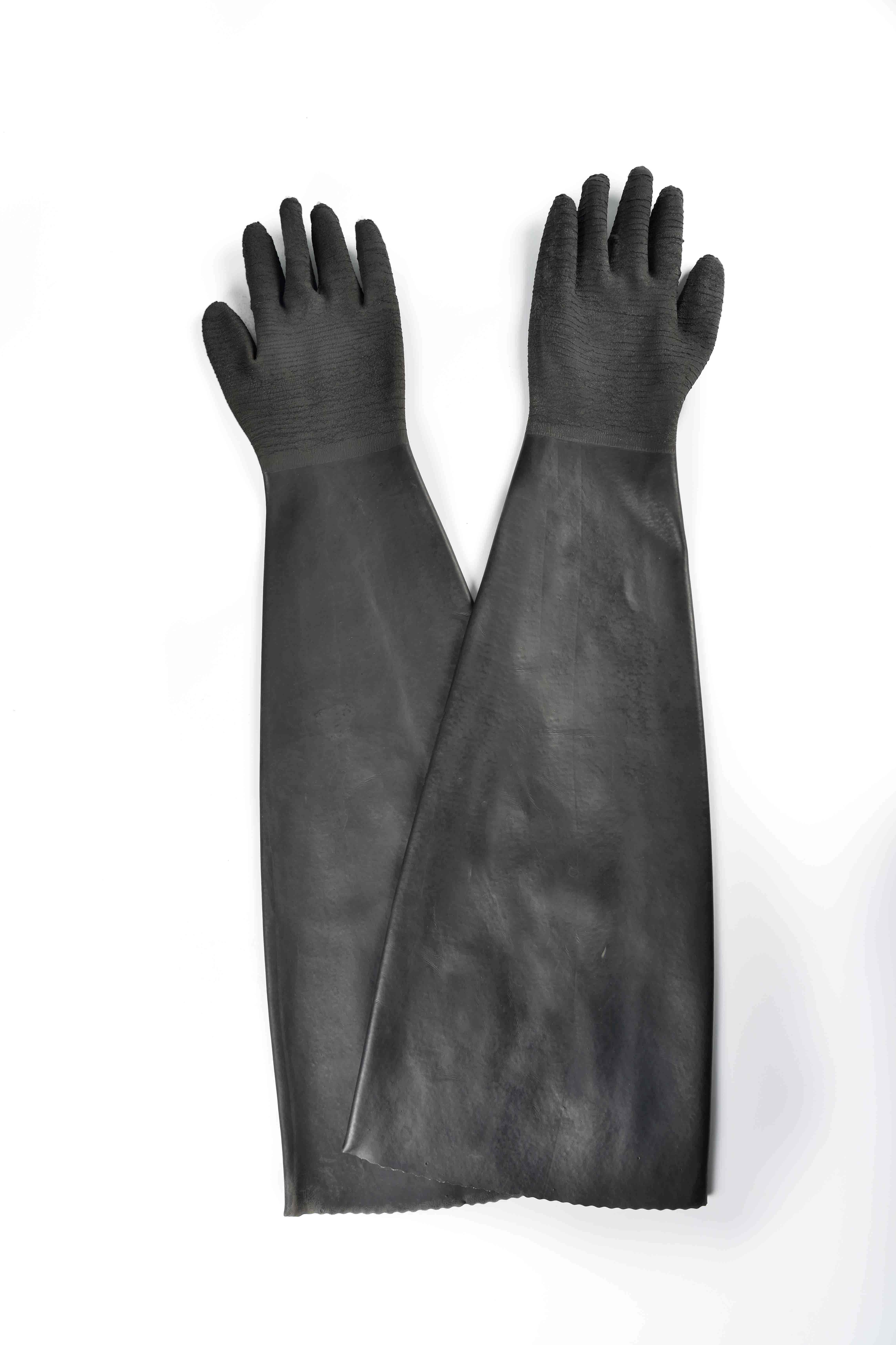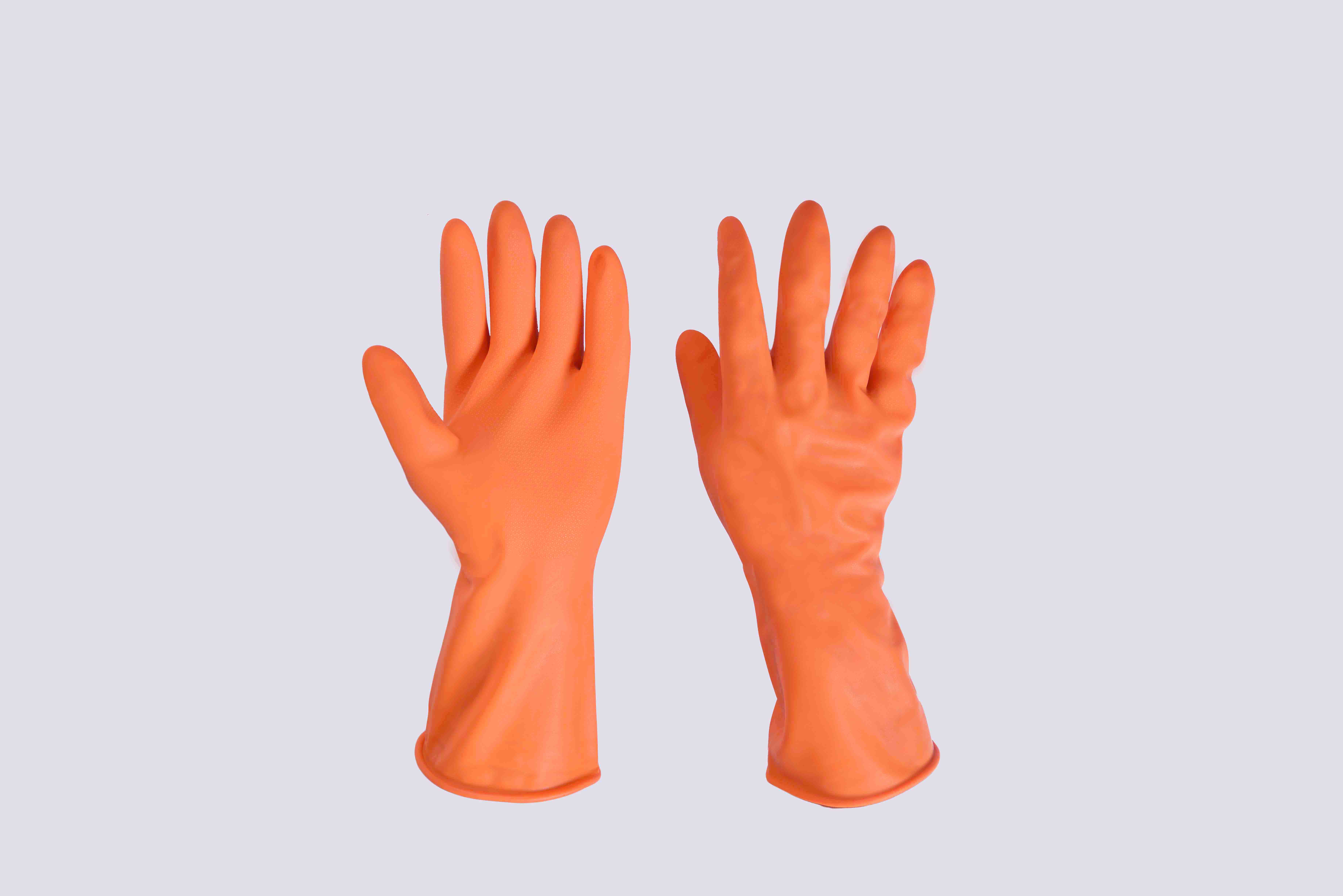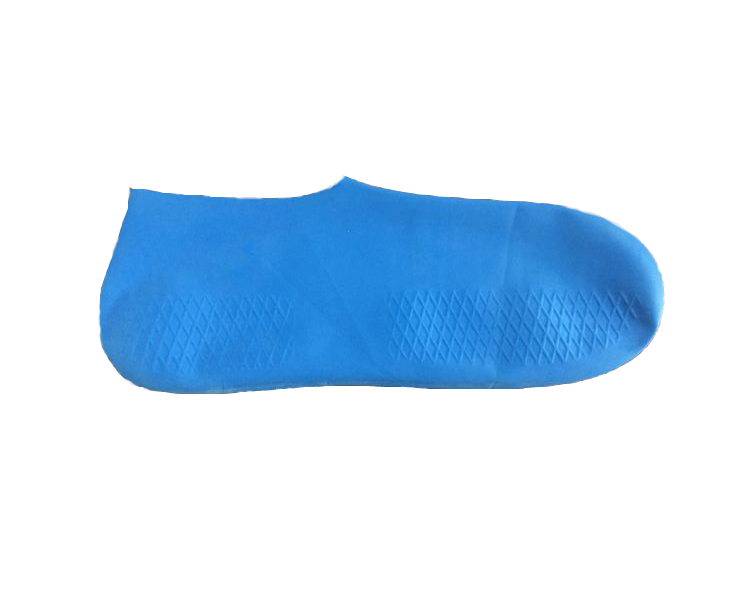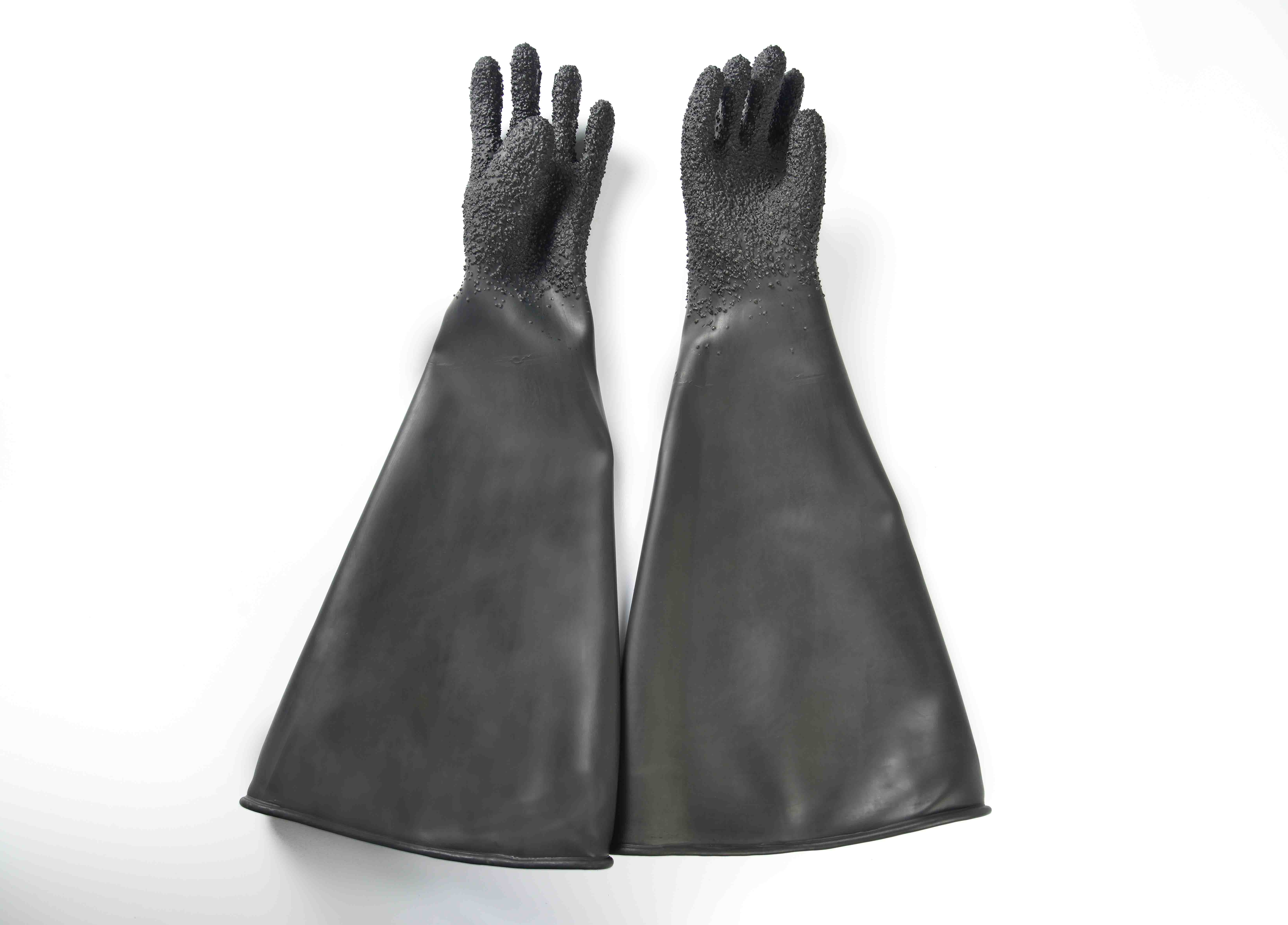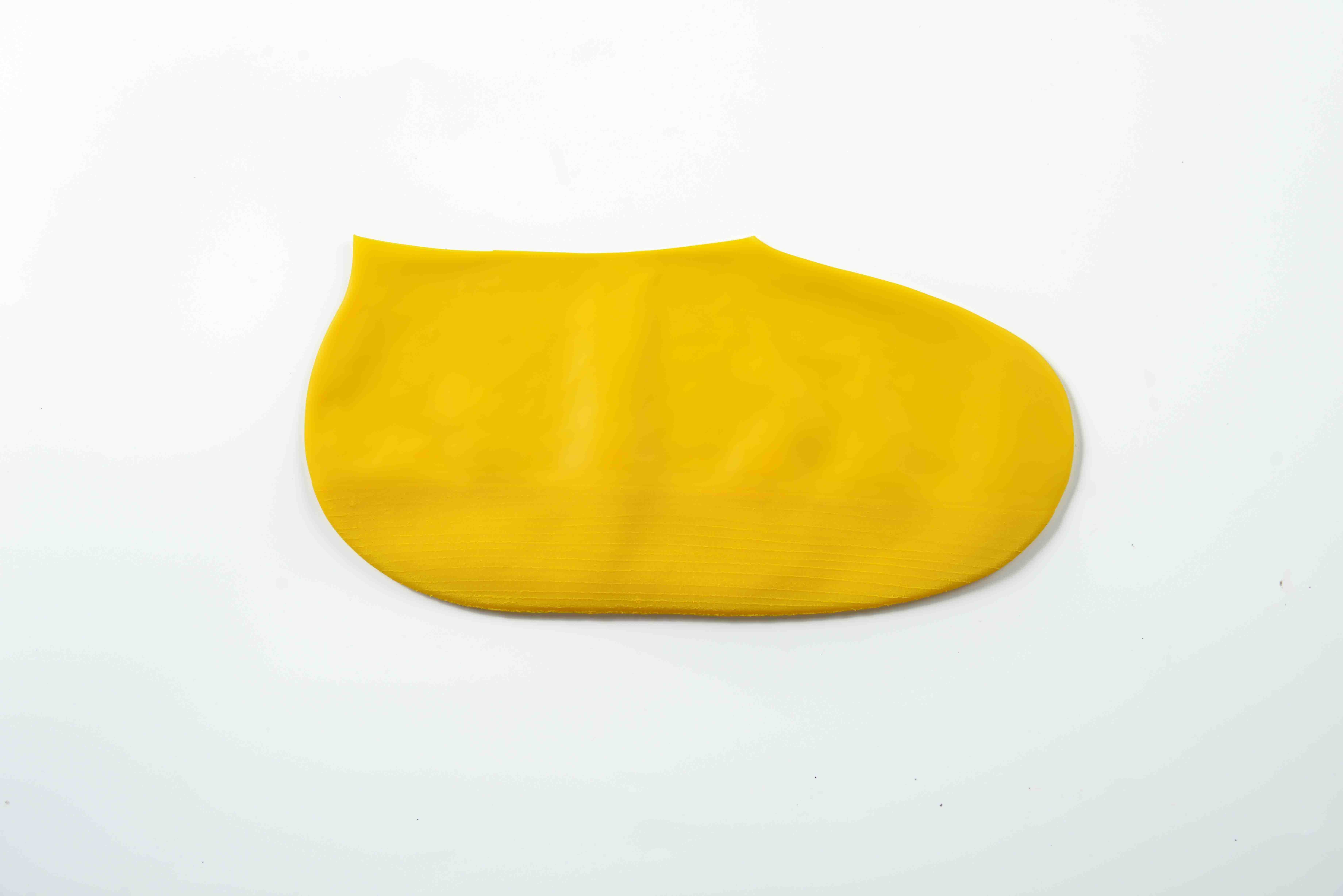High reputation for 32″ rubber glove-cotton linning Swiss Supplier
Short Description:
Heavy duty rubber glove, made of 100% natural latex. 32″ length(82cm), smooth finish, seamless, cotton lining, left/right hand, 800g/pair, 50 pairs/case. Using for Isolater, dry box, blast cabinet, etc.
Product Detail
FAQ
Product Tags
Our goal is to provide high quality products at competitive prices, and top-notch service to customers around the world.
We are ISO9001, CE, and GS certified and strictly adhere to their quality specifications. High reputation for 32″ rubber glove-cotton linning Swiss Supplier, We sincerely welcome all guests to set up business relationships with us on the basis of mutual benefits. Please contact us now. You will get our professional reply within 8 hours.
Heavy duty rubber glove, made of 100% natural latex. 32″ length(82cm), smooth finish, seamless, cotton lining, left/right hand, 800g/pair, 50 pairs/case. Using for Isolater, dry box, blast cabinet, etc.
FAQ Content
Join Marissa Howser as she demonstrates how to dye fabric with beets–a new way to use your vegetables!
A How-to in a Few Production.
Filmed and Edited by
Sara Cortese
Sam Hinckley

